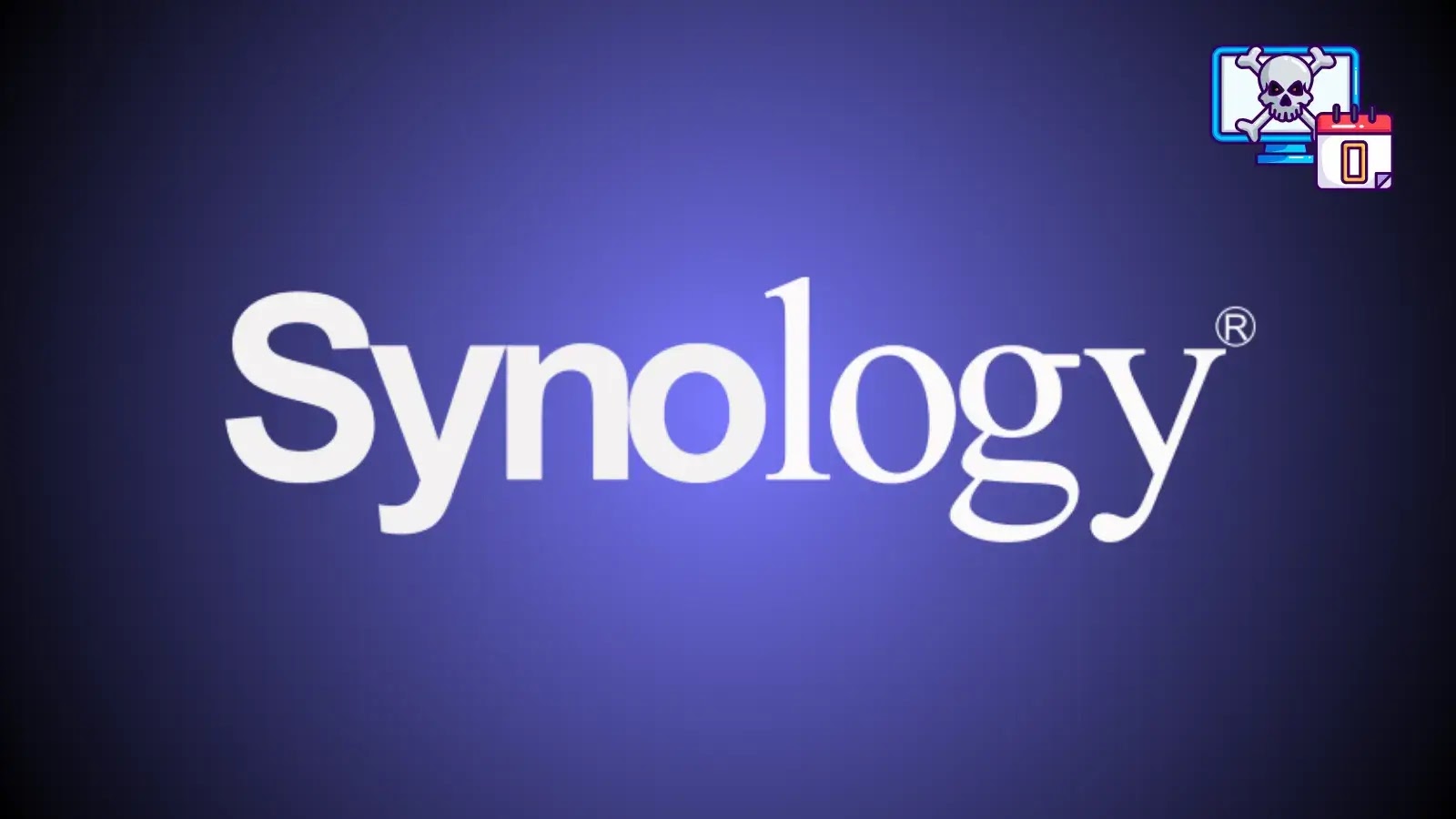
Synology BeeStation 0-Day Vulnerability Let Remote Attackers Execute Arbitrary Code
A severe security vulnerability has been discovered and addressed in Synology’s BeeStation OS, enabling unauthenticated remote attackers to execute arbitrary code on affected devices. This critical 0-day flaw, identified as CVE-2025-12686, carries a formidable CVSSv3 base score of 9.8, underscoring its significant impact and ease of exploitation. Synology has released an urgent security update, highlighting the necessity for immediate patching.
Understanding the Synology BeeStation 0-Day Vulnerability
The vulnerability, tracked by Trend Micro’s Zero Day Initiative as ZDI-CAN-28275, primarily affects Synology BeeStation devices. These personal cloud solutions are designed to simplify data management and file sharing for individuals and small businesses. The nature of this flaw allows attackers to bypass authentication mechanisms entirely, gaining the ability to execute their own commands on the device without needing any legitimate credentials.
A CVSSv3 score of 9.8 places CVE-2025-12686 firmly in the “Critical” severity category. This score reflects several key characteristics:
- Attack Vector: Network – The vulnerability can be exploited remotely over a network connection.
- Attack Complexity: Low – Exploitation requires minimal specialized conditions or techniques.
- Privileges Required: None – An attacker does not need any prior access or authentication.
- User Interaction: None – No user action is necessary for the attack to succeed.
- Impact (Confidentiality, Integrity, Availability): High – Successful exploitation grants full control over the device, potentially leading to data exfiltration, modification, system disruption, or even the deployment of further malicious payloads.
The Peril of Remote Code Execution (RCE)
Remote Code Execution (RCE) vulnerabilities are among the most dangerous types of security flaws. They empower an attacker to run arbitrary commands on a target system from a remote location. In the context of a personal cloud device like Synology BeeStation, this means an attacker could:
- Access, steal, or delete all stored files and personal data.
- Install malware, ransomware, or other malicious software.
- Use the BeeStation device as a launching pad for further attacks within a home or small business network.
- Completely compromise the device’s operating system and configuration.
The fact that this particular RCE is an unauthenticated 0-day vulnerability significantly escalates the risk. “Unauthenticated” means an attacker doesn’t need a username or password. “0-day” signifies that the vulnerability was known to attackers before a patch was available, potentially leaving users exposed.
Remediation Actions and Urgent Updates
Synology has acted swiftly to address CVE-2025-12686. The most critical step for all BeeStation users is to update their device’s operating system immediately.
- Apply the Latest Synology BeeStation OS Update: Synology has released a patch that resolves this vulnerability. Users should navigate to their BeeStation’s settings, find the “Update & Restore” (or similar) section, and apply all available system updates. Ensure automatic updates are enabled for future protection.
- Monitor for Anomalous Activity: Even after patching, regularly review your BeeStation’s activity logs for any unusual access attempts, file modifications, or unexpected processes.
- Review Network Security: Ensure your home or office network implements robust security practices, including strong Wi-Fi passwords, firewalls, and regular review of connected devices.
- Data Backup: Always maintain up-to-date backups of critical data stored on your BeeStation to an external or offline source. This mitigates the impact of any data loss should a compromise occur despite patching.
Tools for Detection and Mitigation
While the primary defense is applying the official Synology patch, understanding general cybersecurity tools relevant to network-attached storage (NAS) and IoT device security can enhance overall posture. For vulnerability detection specific to this CVE, applying the vendor patch is the only definitive measure.
| Tool Name | Purpose | Link |
|---|---|---|
| Synology BeeStation OS Update Mechanism | Main tool for applying the official vendor-provided patch for CVE-2025-12686. | Synology Downloads |
| Network Intrusion Detection/Prevention Systems (NIDS/NIPS) | Monitor network traffic for suspicious patterns indicating attempted exploitation or post-exploitation activity. | (Varies by vendor, e.g., Snort, Suricata) |
| Vulnerability Scanners (e.g., Nessus, OpenVAS) | Regularly scan your network and devices for known vulnerabilities. While specific 0-day detection is challenging, these tools help identify general security weaknesses. | Nessus / OpenVAS |
| Firewall (Hardware/Software) | Control network traffic, blocking unauthorized access attempts to your BeeStation and other networked devices. | (Operating System Firewalls, Router Firewalls) |
Conclusion
The discovery and immediate patch for CVE-2025-12686 in Synology BeeStation OS serve as a stark reminder of the persistent threats facing networked devices. Given the critical CVSSv3 score of 9.8 and the unauthenticated RCE capabilities it grants, all BeeStation users must prioritize applying the latest security updates. Proactive patching, combined with vigilant security practices and regular monitoring, remains the most effective defense against such high-impact vulnerabilities.





